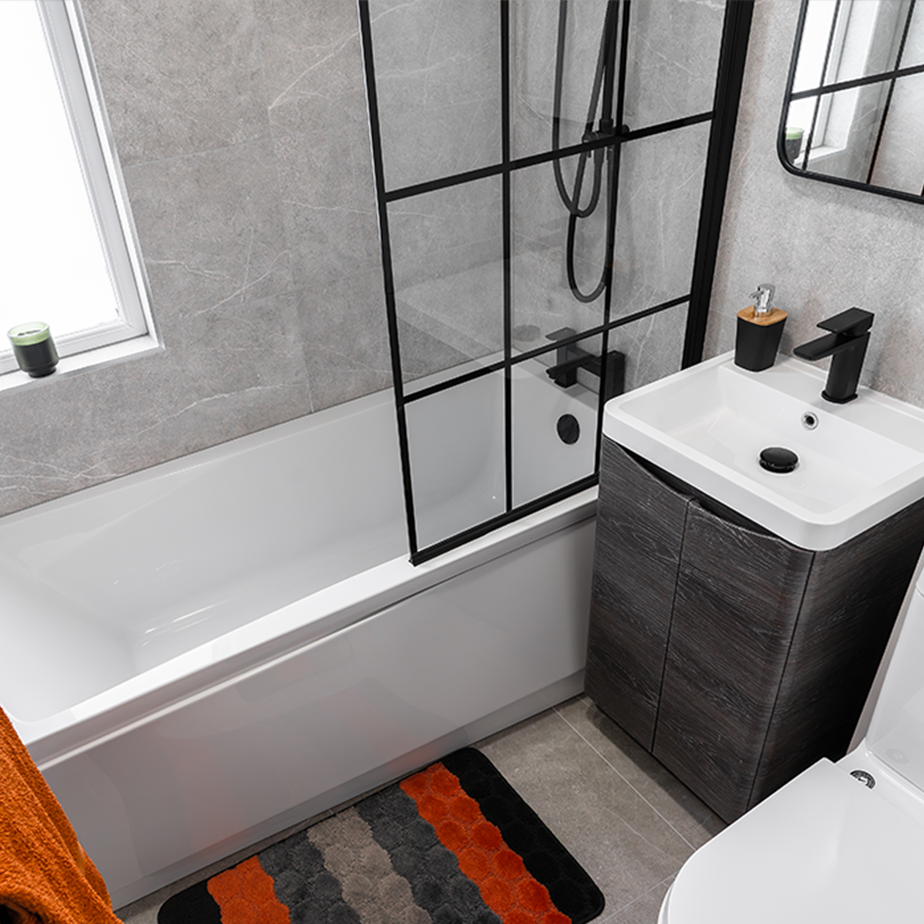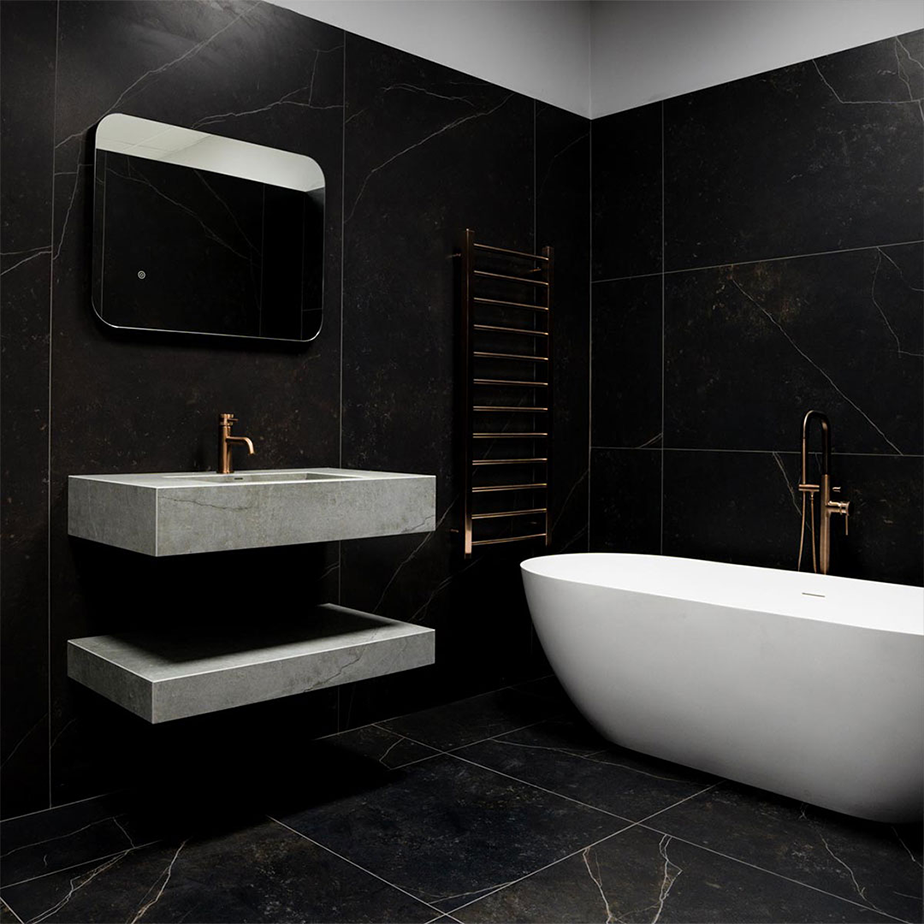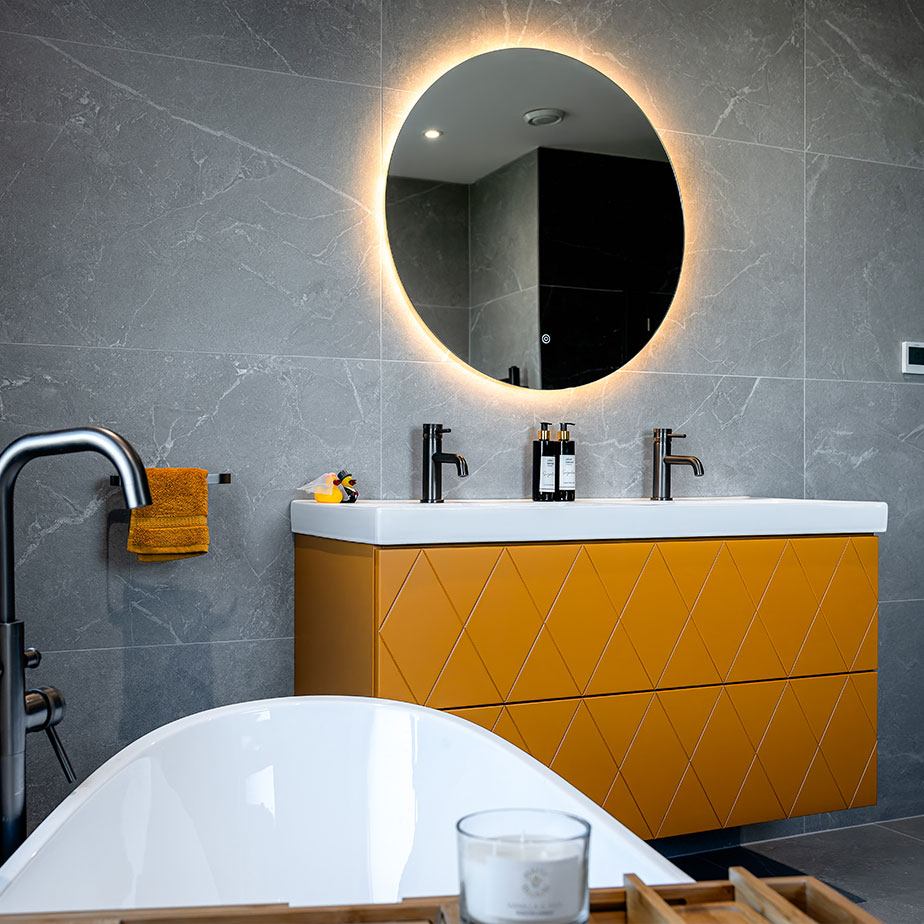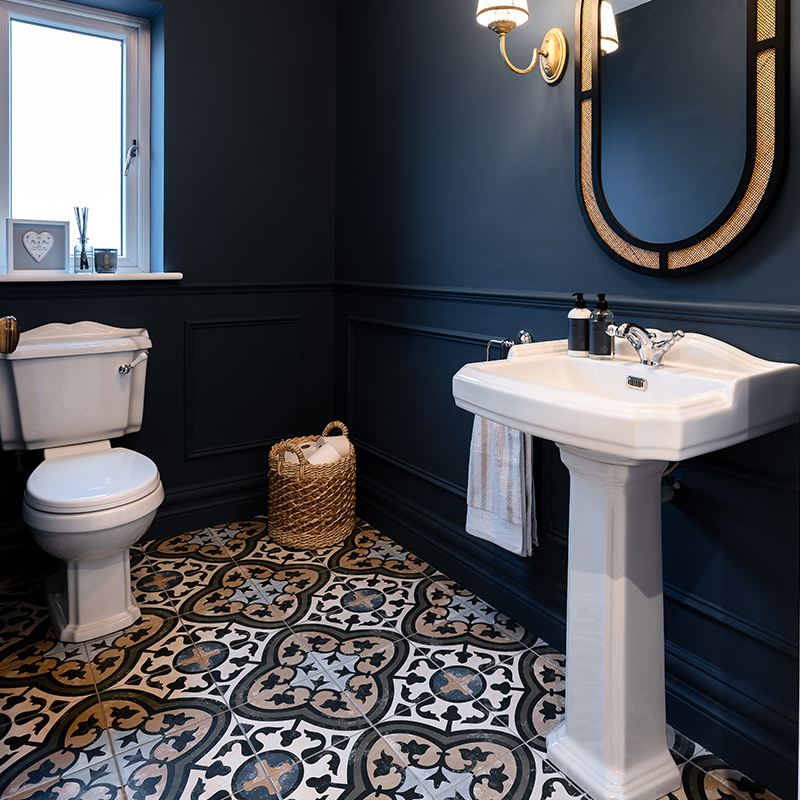Step By Step Guide On How To Measure Your Bathroom
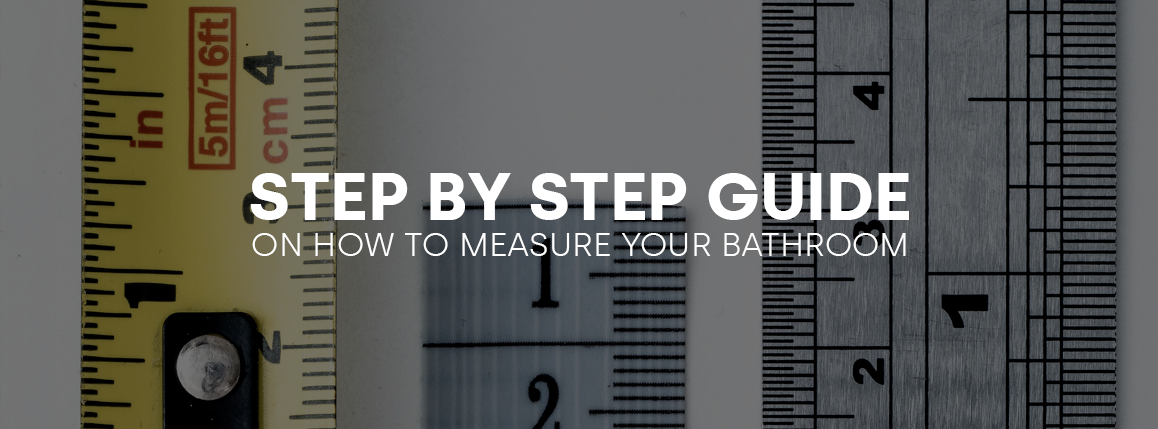
If you’re planning on making any changes to your bathroom bigger than adding bath mats or a new soap dish, chances are, you’re going to have to measure the space. This can help you in a number of ways. If you’re fitting new flooring, it will help you to determine how much flooring you need to buy. If you are painting the room, it can give you a rough idea of how much paint you need to buy to fully coat and cover the walls. If you are buying new fittings, it will help to make sure that your chosen fittings fit well and that you don’t buy something that is too large or too small for the space. Put simply, measuring your room accurately is going to be absolutely essential. However, if you’ve never measured a room before, you may not know where to start. Here are a few tips and tricks that can help you along the way!
How Do You Measure A Bathroom?
What You’re Going to Need
First, you need to consider what you’re going to need to measure your bathroom. This way, you can make sure you’re fully prepared and don’t have to stop and start to collect different items. To measure your room, you will need:
- A tape measure
- Paper
- A pencil
- A ruler
Measuring Your Bathroom
Now, it’s time to start measuring your bathroom. The step by step guide below should help you to achieve this!
- Start out by using your paper, pencil and ruler to draw a rough sketch of your bathroom. This will give you something to write measurements on so you can remember which part of your bathroom measures what length or width. Make sure to add fitting and fixtures in too, such as your bath, toilet space, sink space and any cabinets that you intend to keep.
- Now, it’s time to start measuring your bathroom! Choose a starting point and measure along the bottom or top of the wall if possible. This will reduce chances of getting an angled or wonky line, which might result in inaccurate measurements. Note the measurement next to the given wall on your paper sketch.
- Repeat step 2 for all walls in your bathroom. This will provide you with a floor plan for your room.
- Next, you’re going to want to measure the height of your walls from floor to ceiling. Do this by placing your tape measure at the ceiling and pulling the tape measure down to the floor. Mark the floor to ceiling measurement for each wall next to the corresponding wall on your sketch.
- Once you’ve done this, you’ll need to measure other fixtures and fittings. This could vary from windows to units. You may even want to measure your doorways. If you are measuring doorways, make sure to open and close the door and to determine and note how much clearance is needed to get in and out of the room too! Add all of these features and measurements into your sketch.
How Long It Will Take
Of course, if this is your first time measuring a bathroom, it may take you a little longer than usual, as you’re bound to be finding your feet and may want to double (or maybe even triple) check to be certain. Larger rooms are also more likely to take more time to measure than smaller rooms. But generally speaking, it should take you between 5 and 10 minutes to fully measure your bathroom.
Notes
- To make working with your measurements as easy as possible, make sure to stick to one unit of measurement, for example, mm, cm or m or inches.
- Not all walls and ceilings in houses are completely straight. This is particularly the case in older properties. So, you may want to take measurements at different points throughout the room for more accuracy.
How do I measure the square footage of my bathroom?
If you need to measure the square footage of a room, don’t worry. While this task may seem daunting at first, it can actually be pretty simple. There are plenty of free to use calculators online, where you can input your measurements and the calculator will determine the square footage of the space for you. Alternatively, you can do the mathematics yourself. To calculate the square footage of a room, you simply multiple the length of the room by the width of the room.
Sure, this may seem like a lot of information to take in. But it’s a vital step to take when you’re altering your bathroom in any way, and it’s also a skill that you can keep for life and transfer to decorating or renovating other spaces in your property. So, it’s definitely worth picking up!
